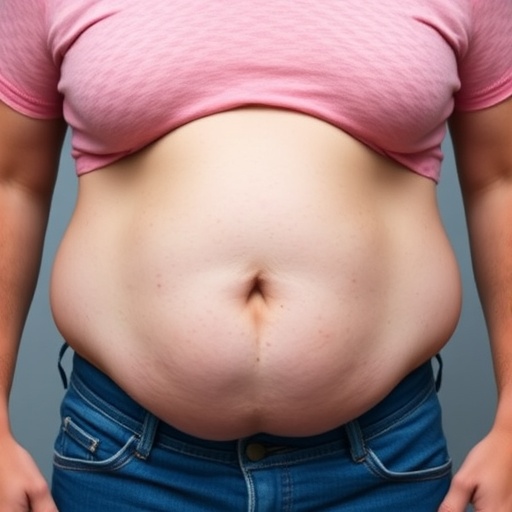
Credit: MSU photo by Adrian Sanchez-Gonzalez
BOZEMAN – A Montana State University neuroscientist who studies vision and visual attention has published research that reveals how the brain maintains attention on an object even while the eyes are making many rapid, voluntary movements. This research seeks to answer fundamental questions that could eventually lead to new treatments or therapies for some brain disorders.
"Attention is a limited resource in the brain," said James Mazer, an associate professor in the Department of Cell Biology and Neuroscience in MSU's College of Letters and Science. "Let's say you have 1 ounce of attention available. The brain can choose to either use all of that at once to pay a lot of attention to one item or spread the ounce around to attend a bit less to two or more items." James Mazer, MSU associate professor of neuroscience, published findings in the journal Neuron that reveal how the brain maintains attentional focus during eye movements. The research could lead to treatments and therapies for some brain disorders. MSU Photo by Adrian Sanchez-Gonzalez
The brain has evolved to be very efficient about how that limited amount of attention is used, he said, which includes circuits for making sure attention is always directed toward exactly the right spot in the field of view.
Mazer said that past studies have shown that the brain can anticipate eye or body movements, readying itself for what is about to occur. He explained that attention acts like a spotlight in the brain's sensory maps, shining extra light on the scene where it's needed. This "predictive coding" helps to make sure that light gets to the right place in the map at the right time.
"Like the view through a camera lens, brain maps change each time we move our eyes or body," Mazer said. "If we're paying attention to an object on the left and move our gaze to the left, that object actually shifts rightwards in the map. If attention were to stay fixed in the brain, it would no longer shine on the right object, so the spotlight has to be moved each time the eyes move."
The new study published in Neuron, a leading neuroscience journal, reveals that this "spotlight" anticipates eye movements and shifts before the eye starts to move so that the spotlight is at the right place the instant the eyes stop moving.
"This is the idea of predictive coding; the brain has access to our intentions and uses that information to anticipate changes in body posture or eye position so we're always prepared for whatever is coming next," Mazer said.
Mazer and his colleagues are trying to understand the biological circuits that allow this predictive coding to happen and how they prepare the brain to handle what could occur at any given moment. They also want to know what happens biologically when the brain allocates its computational resources to paying attention.
Mazer says this research is basic science that provides a foundation for future development of new therapies or drug treatments for attention-related brain disorders, including conditions like attention deficit hyperactivity disorder, autism spectrum disorder or schizophrenia.
"These are all clinical conditions thought to be associated with disruption of the brain's 'executive control system' where sensory processing, memory and cognition come together to determine where and how to deploy attention," Mazer said.
He said that scientists distinguish between "top-down" attention – what a person consciously chooses to pay attention to – and "bottom-up" attention – those things that involuntarily capture attention, adding that there is a fine balance in responding to the two types of signals.
"If bottom-up signals dominate, then you respond to every little noise or flash of light," Mazer said. "Conversely, if top-down attention is too strong, you might ignore critical warning signs of danger, or even have difficulty distinguishing between real and imaginary."
At the very least, he said, he hopes the research will lead to screening technologies for clinical conditions, like autism, that would benefit from early diagnosis.
"In the long-term, we believe that understanding these brain circuits will translate into screening technologies, drug treatments and targeted behavioral therapies that will ameliorate symptoms for some of these clinical conditions," he said, "but that's probably years down the road."
Roger Bradley, head of MSU's Department of Cell Biology and Neuroscience, said the research by Mazer and his colleagues has furthered the understanding of visual perception, specifically in how the brain maintains attention on an object even with involuntary constant eye movement, and sets the stage for new discoveries.
"Dr. Mazer's elegant and creative research provides fundamental new insights into understanding how we perceive and navigate our world," Bradley said.
###
Media Contact
James Mazer
[email protected]
406-994-5947
@montanastate?lang=en
http://www.montana.edu
Original Source
http://www.montana.edu/news/17772/msu-neuroscientist-publishes-research-that-opens-door-for-brain-disorder-therapies





